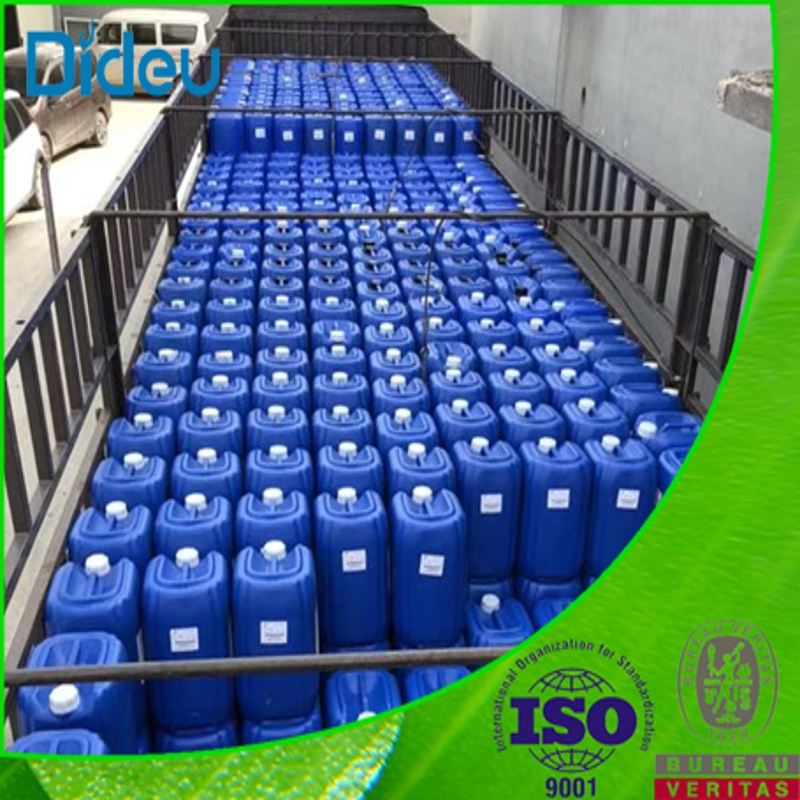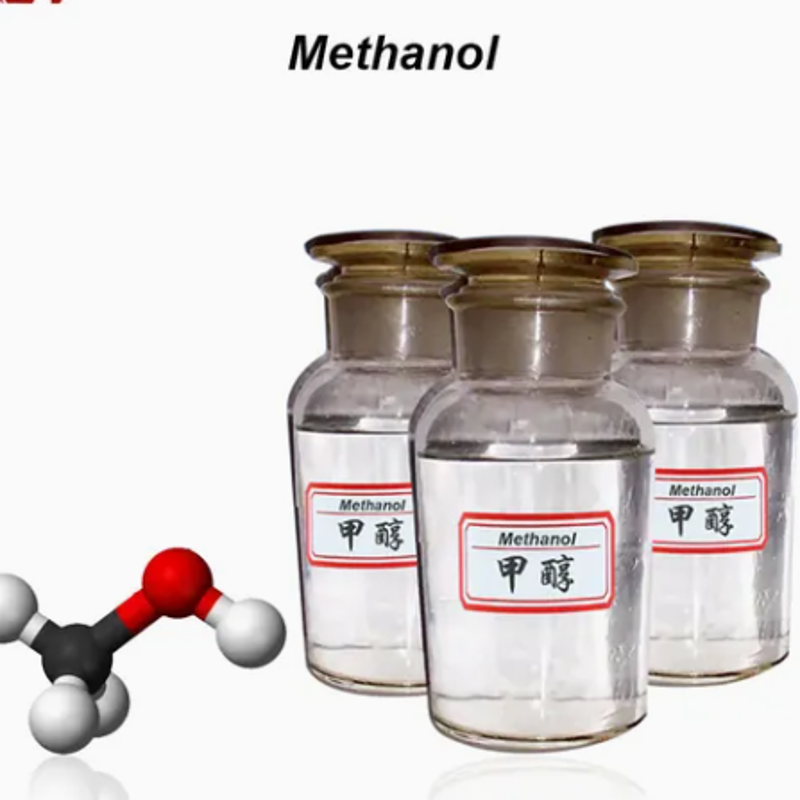-
Categories
-
Pharmaceutical Intermediates
-
Active Pharmaceutical Ingredients
-
Food Additives
- Industrial Coatings
- Agrochemicals
- Dyes and Pigments
- Surfactant
- Flavors and Fragrances
- Chemical Reagents
- Catalyst and Auxiliary
- Natural Products
- Inorganic Chemistry
-
Organic Chemistry
-
Biochemical Engineering
- Analytical Chemistry
-
Cosmetic Ingredient
- Water Treatment Chemical
-
Pharmaceutical Intermediates
Promotion
ECHEMI Mall
Wholesale
Weekly Price
Exhibition
News
-
Trade Service
Wood creosote is a liquid mixture of various aromatic hydrocarbons, which is used as a preservative for wood and other natural materials.
It is obtained as a by-product of the coke oven gasification process, which involves the destructive distillation of coal to produce coke.
The process involves the cracking of the coke oven gas, which is comprised of a mixture of hydrocarbons, to produce a range of aromatic hydrocarbons, including creosote.
There are several synthetic routes for the production of wood creosote, and the choice of route depends on several factors, including the desired product composition, the available raw materials, and the scale of production.
The following are some of the most commonly used synthetic routes for wood creosote:
- The Friedel-Crafts route: This involves the reaction of an aromatic hydrocarbon, such as benzene or toluene, with chlorine or chlorine gas in the presence of a Lewis acid catalyst, such as aluminum chloride.
The reaction produces a mixture of chlorinated aromatics, which can be further treated to produce creosote. - The Hydrodealkylation route: This involves the catalytic hydrogenation of a chlorinated aromatic mixture, such as chlorobenzene, to produce a mixture of aromatic hydrocarbons.
The reaction is typically carried out over a noble metal catalyst, such as ruthenium or palladium, and the resulting mixture can be distilled to produce wood creosote. - The Hydrotreatment route: This involves the treatment of a chlorinated aromatic mixture with hydrogen in the presence of a metal catalyst, such as nickel or cobalt, to produce a mixture of aromatic hydrocarbons.
The resulting mixture can be further distilled to produce wood creosote.
Each of these routes has its own advantages and disadvantages, and the choice of route depends on several factors, including the desired product composition, the availability of raw materials, and the scale of production.
For example, the Friedel-Crafts route is typically used for the production of creosote with a high degree of chlorination, while the hydrotreatment route is used for the production of creosote with a lower degree of chlorination.
The synthetic routes for wood creosote also have a significant impact on the environment, as they can produce a range of by-products and waste streams that must be properly managed to minimize their environmental impact.
For example, the production of wood creosote using the Friedel-Crafts route can produce large amounts of chlorinated waste streams, which must be properly treated and disposed of to minimize their impact on the environment.
Overall, the synthetic routes for wood creosote are a critical component of the chemical industry, as they provide a means of producing this important preservative for wood and other natural materials.
While the production of wood creosote has a significant impact on the environment, steps are being taken to minimize its environmental footprint and ensure a sustainable future for the industry.







